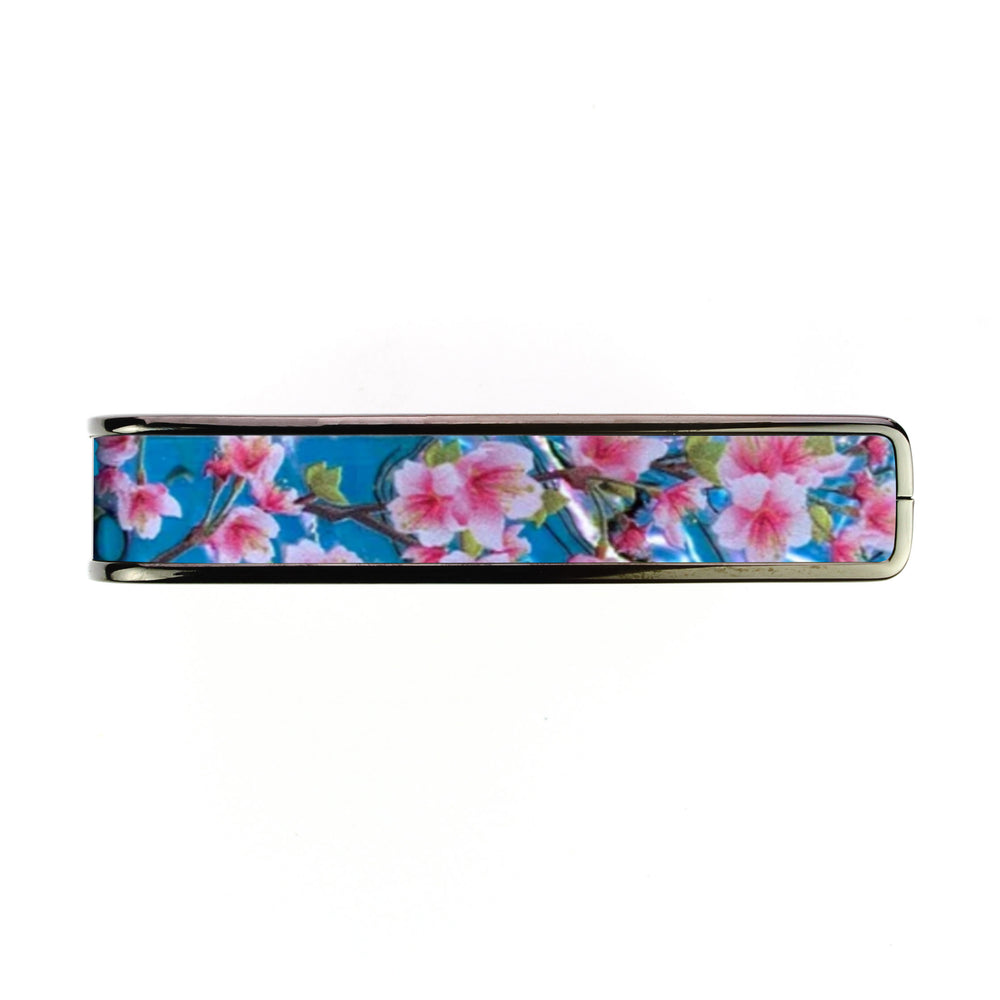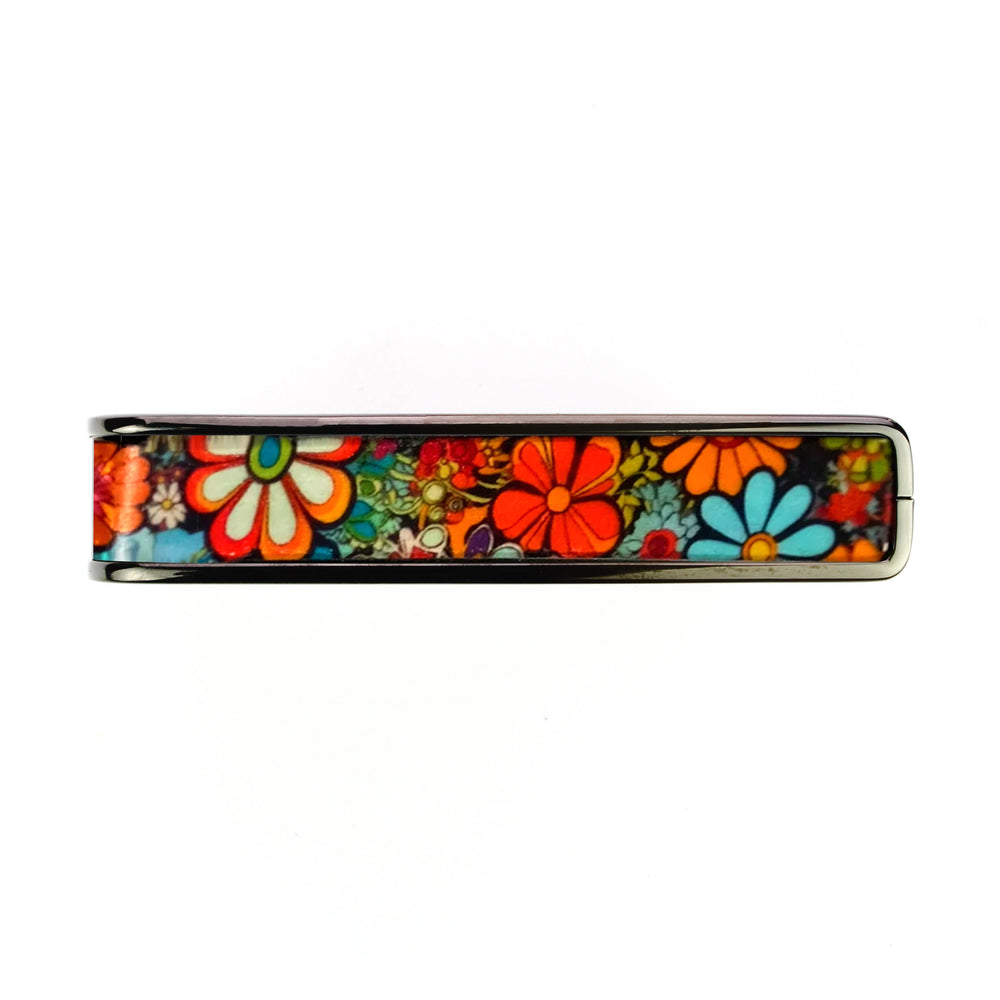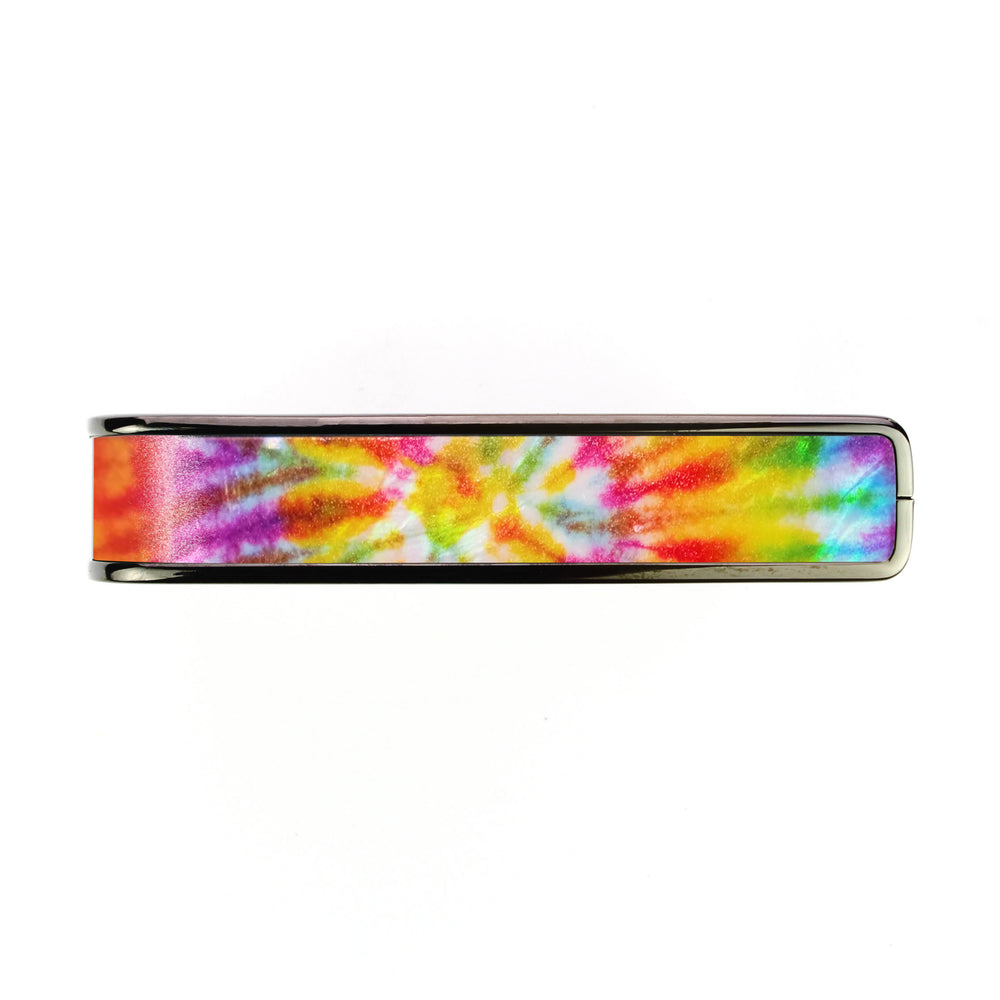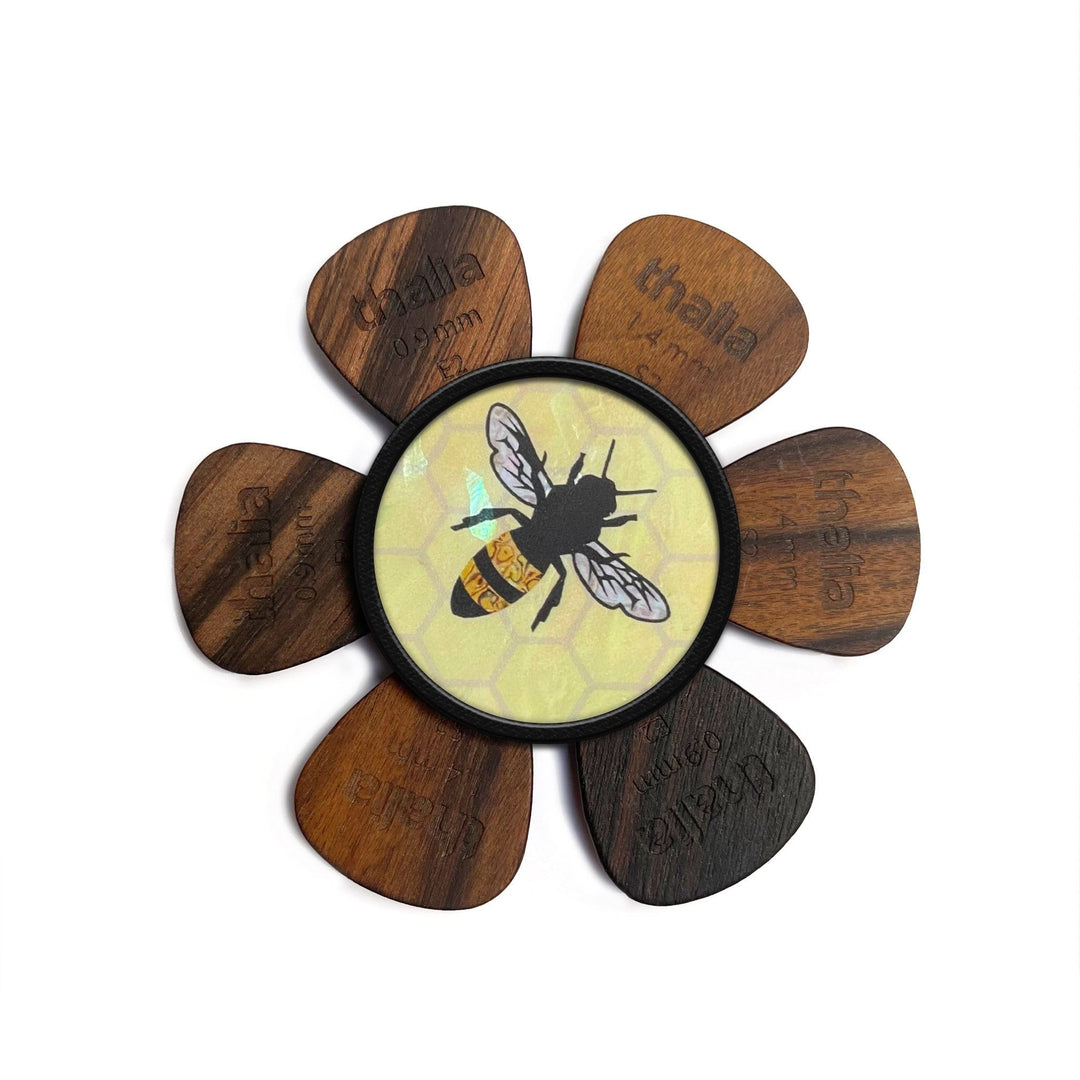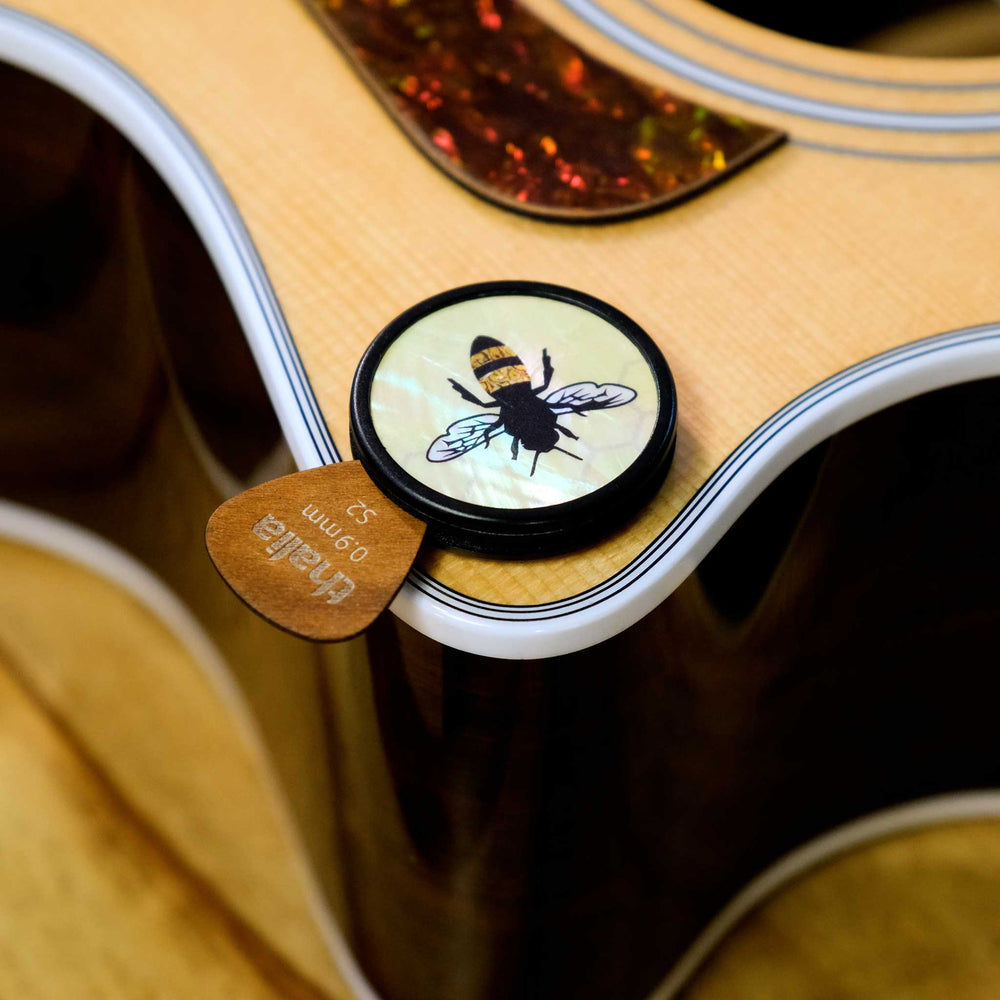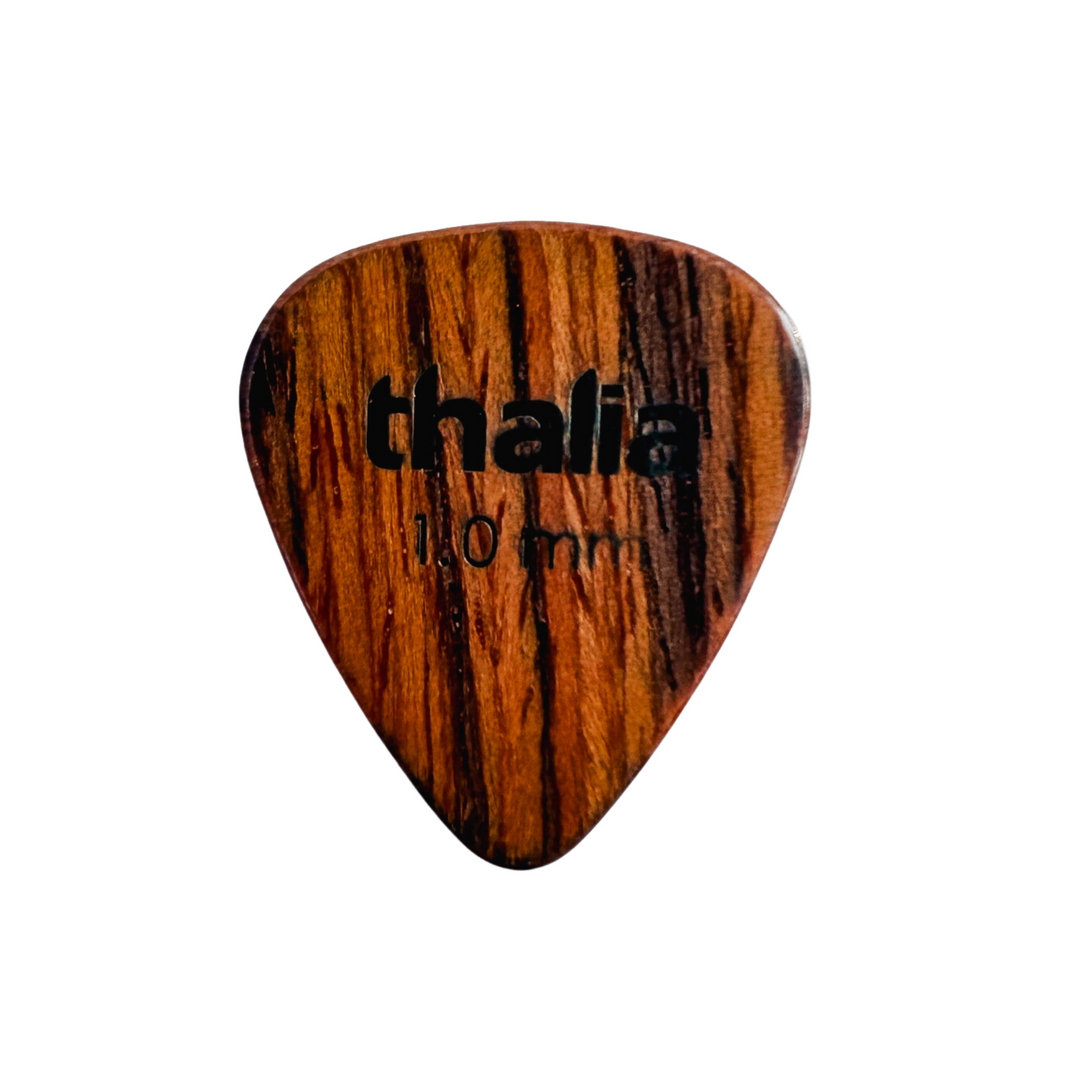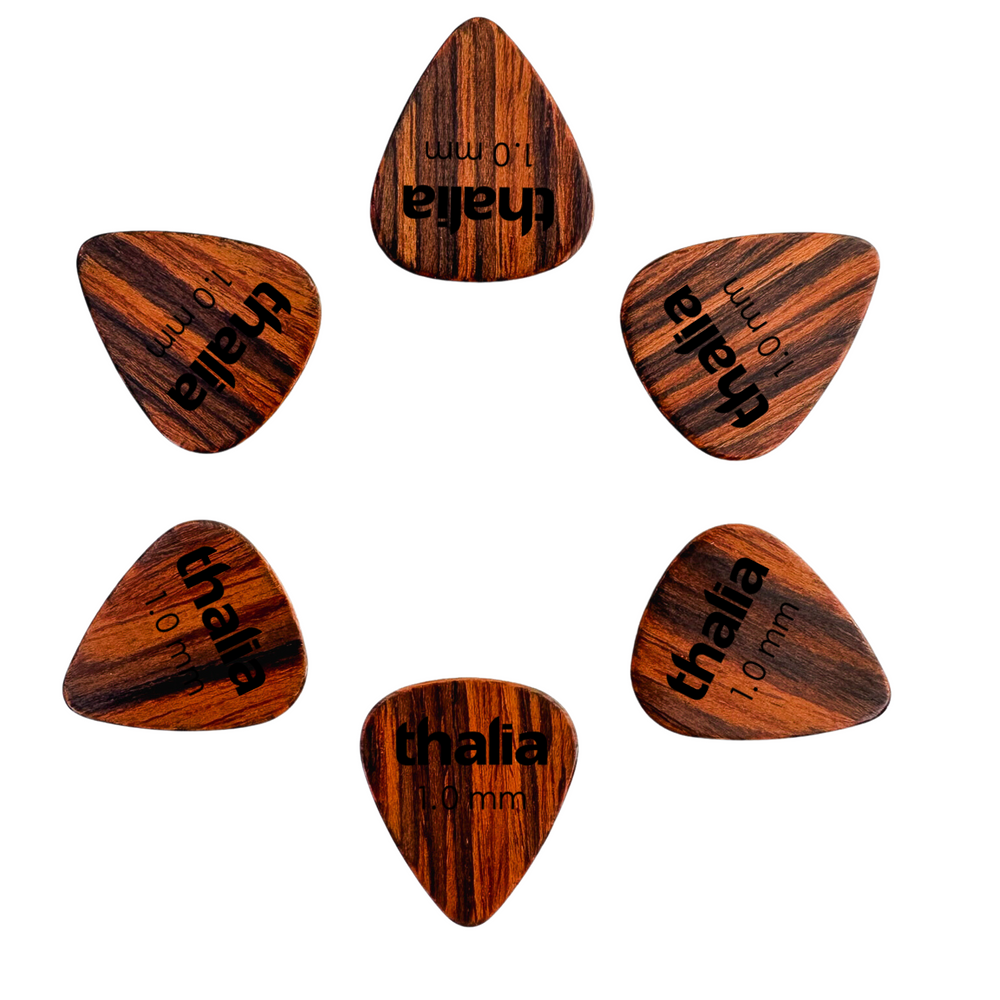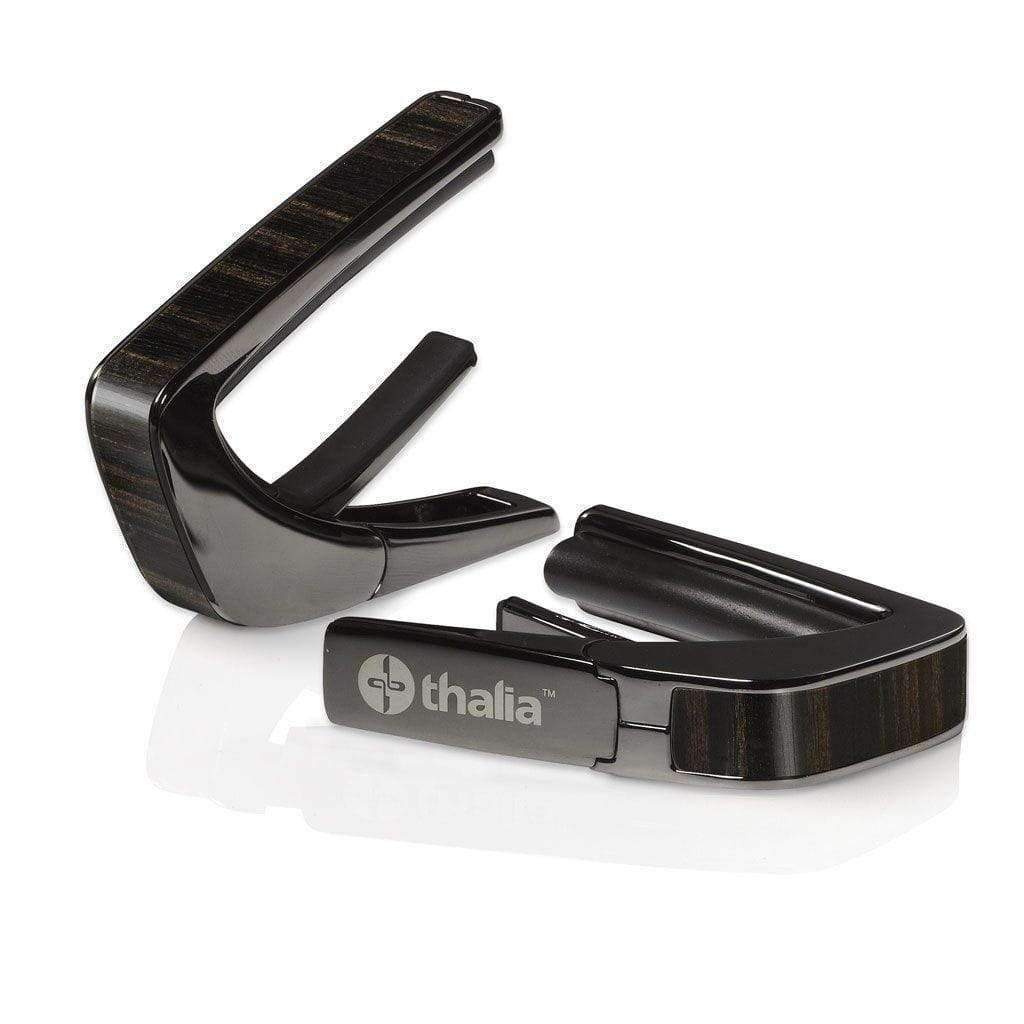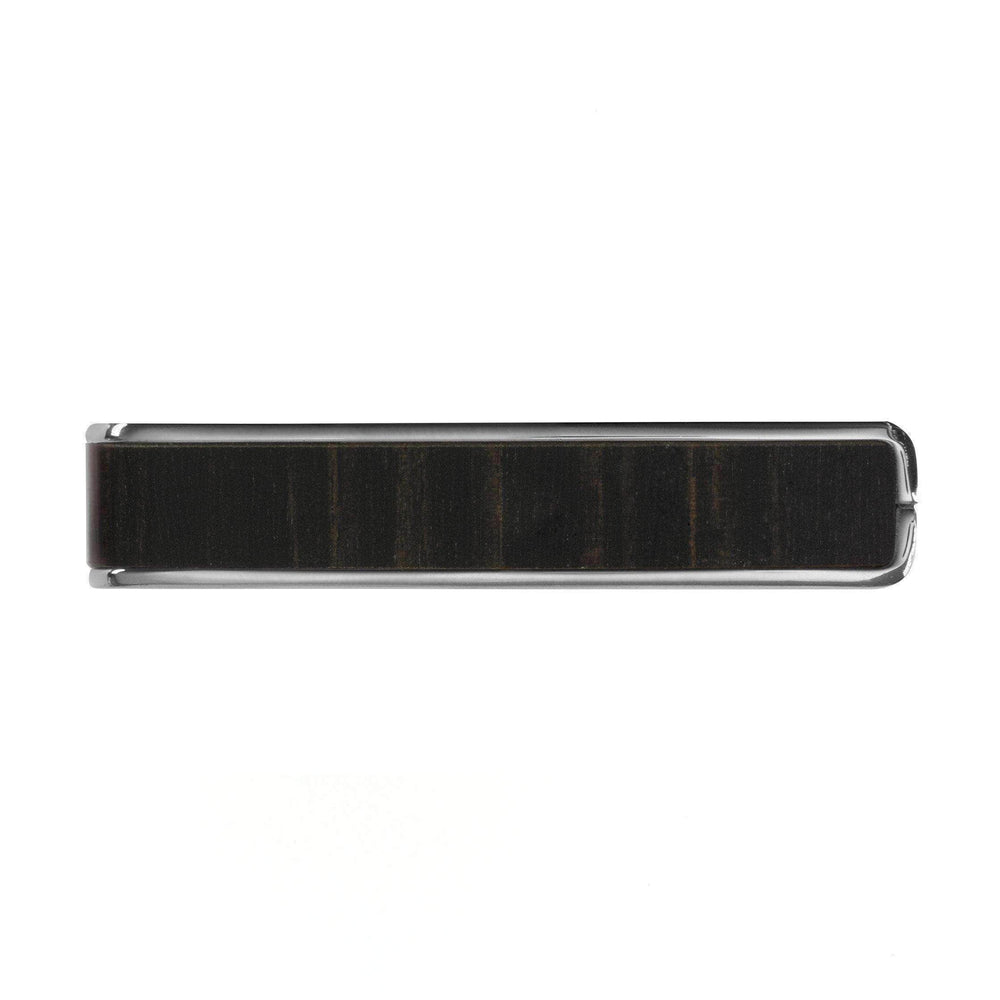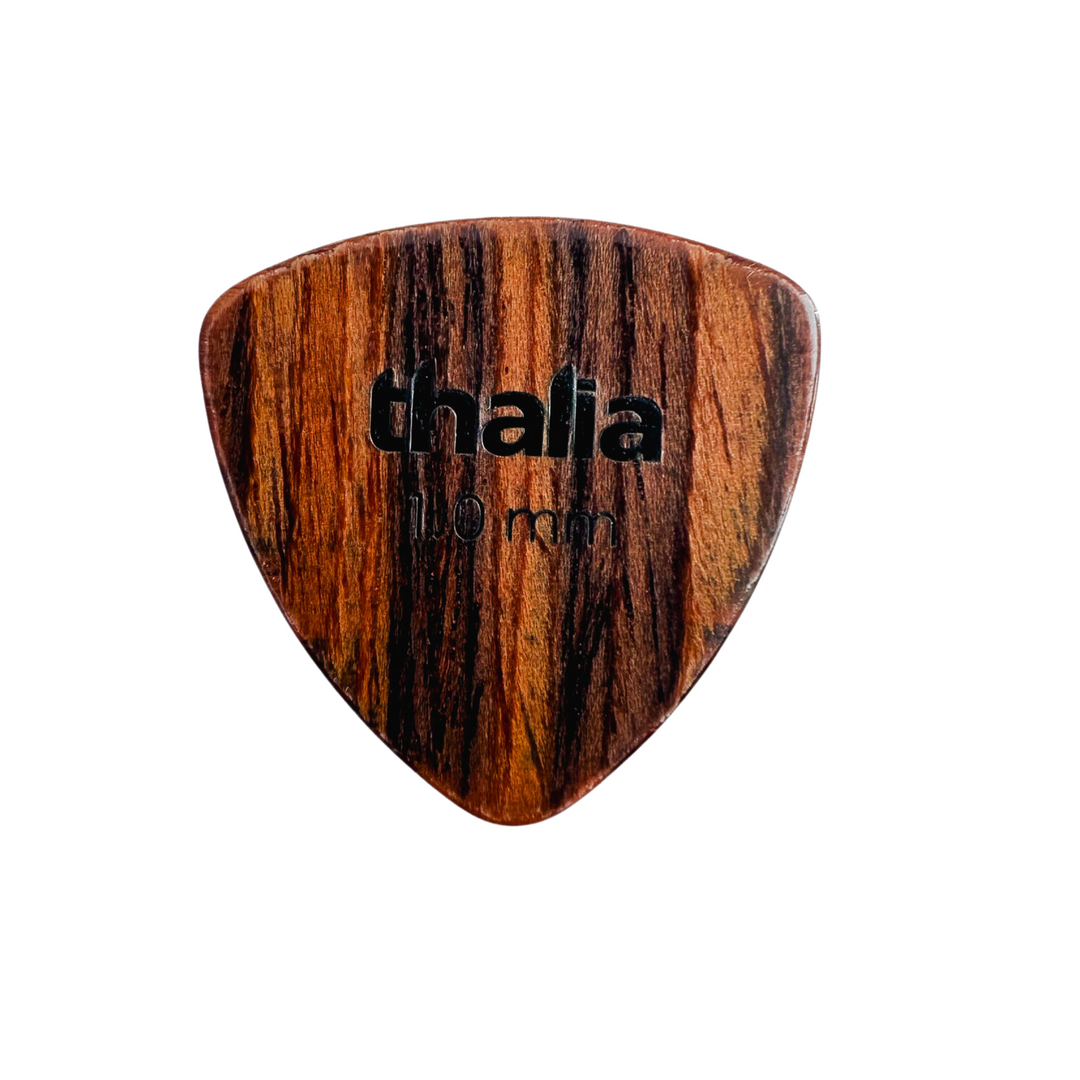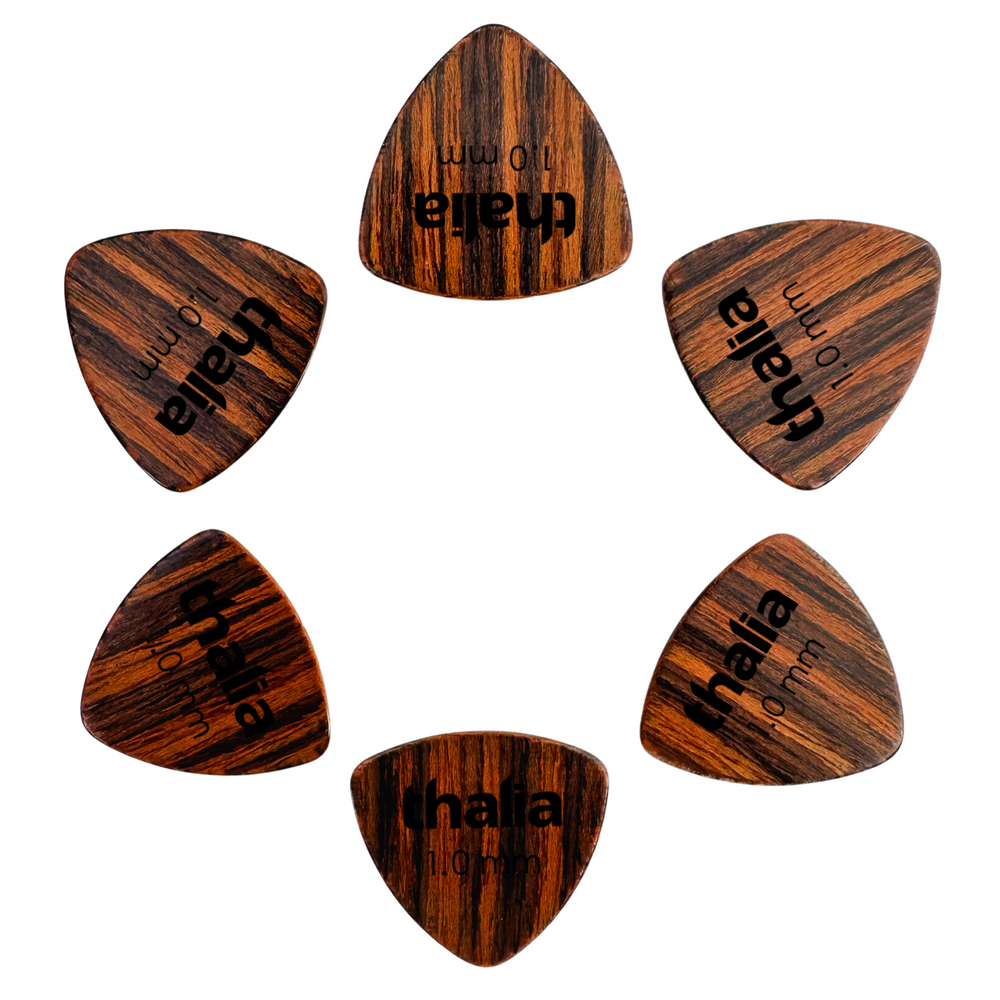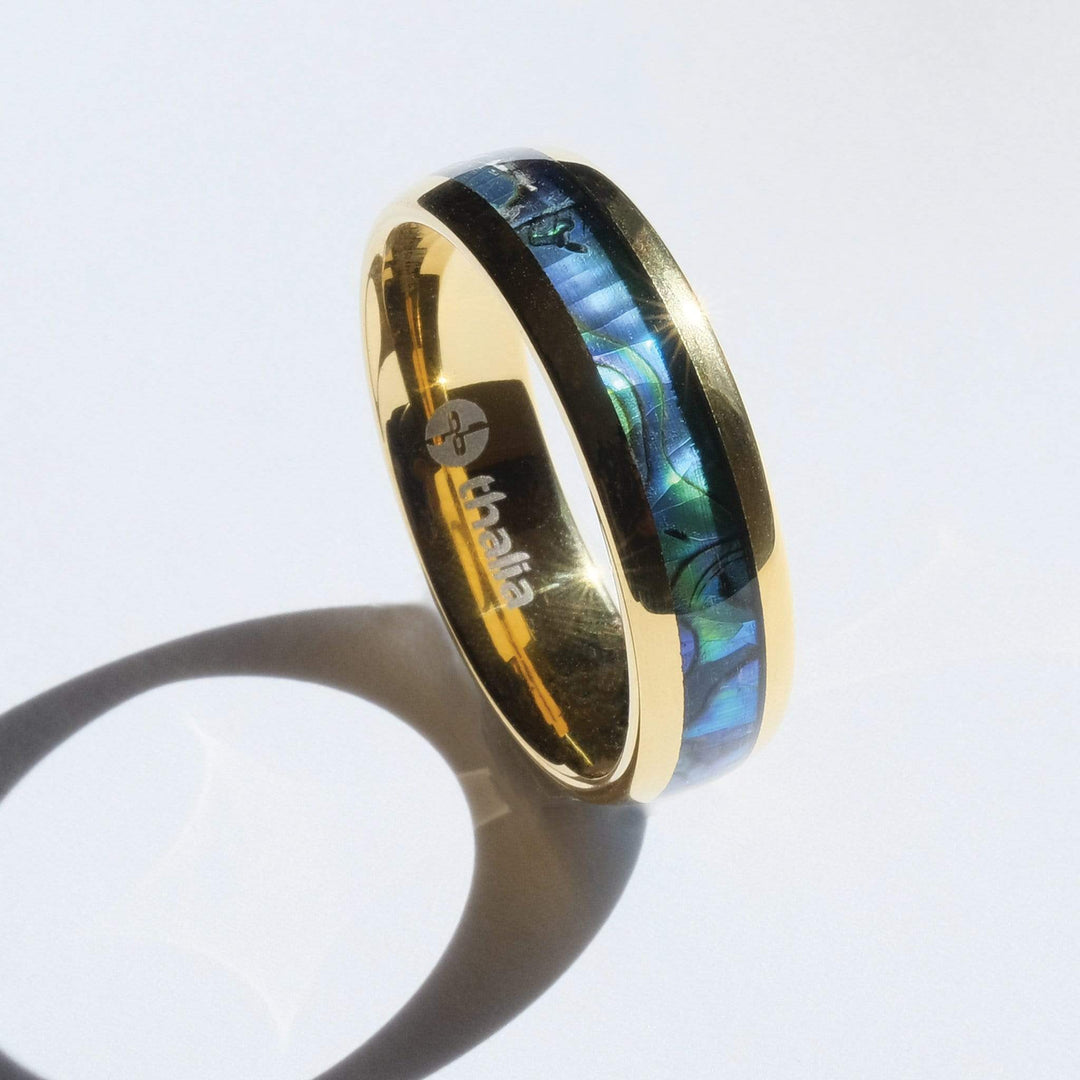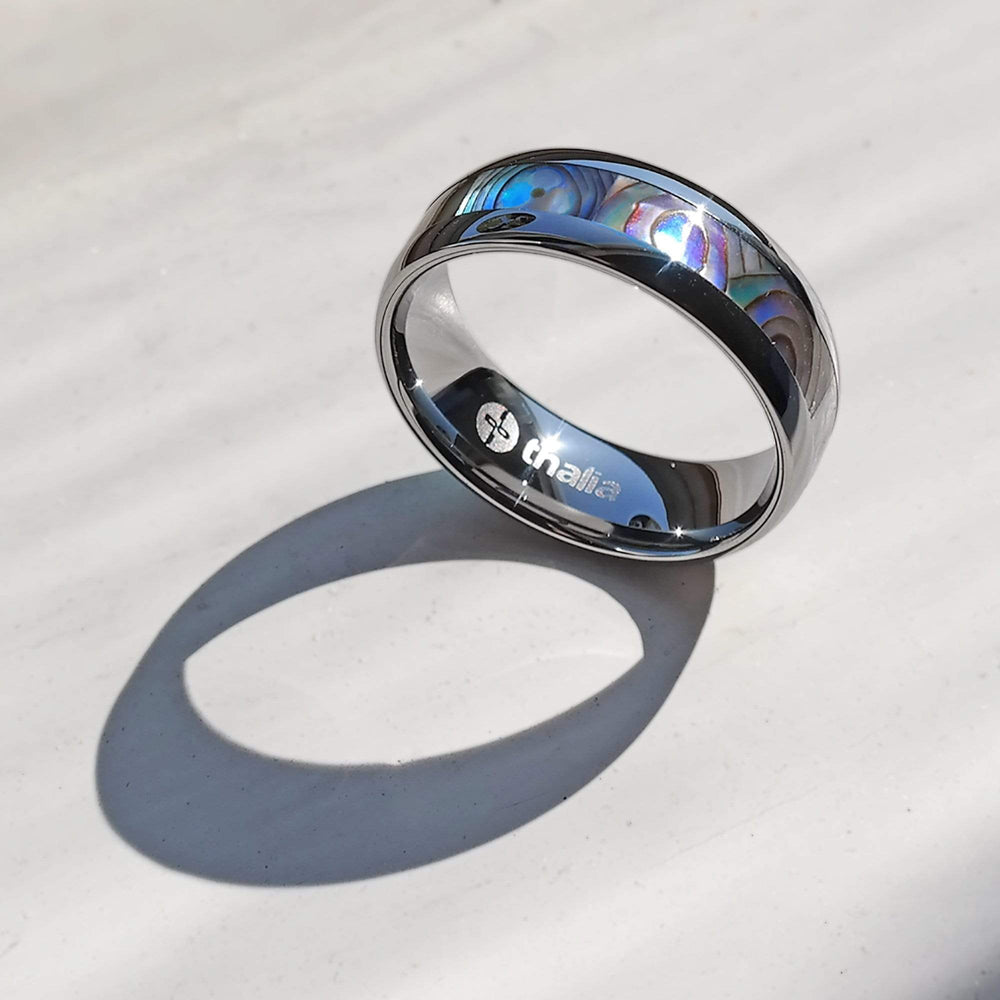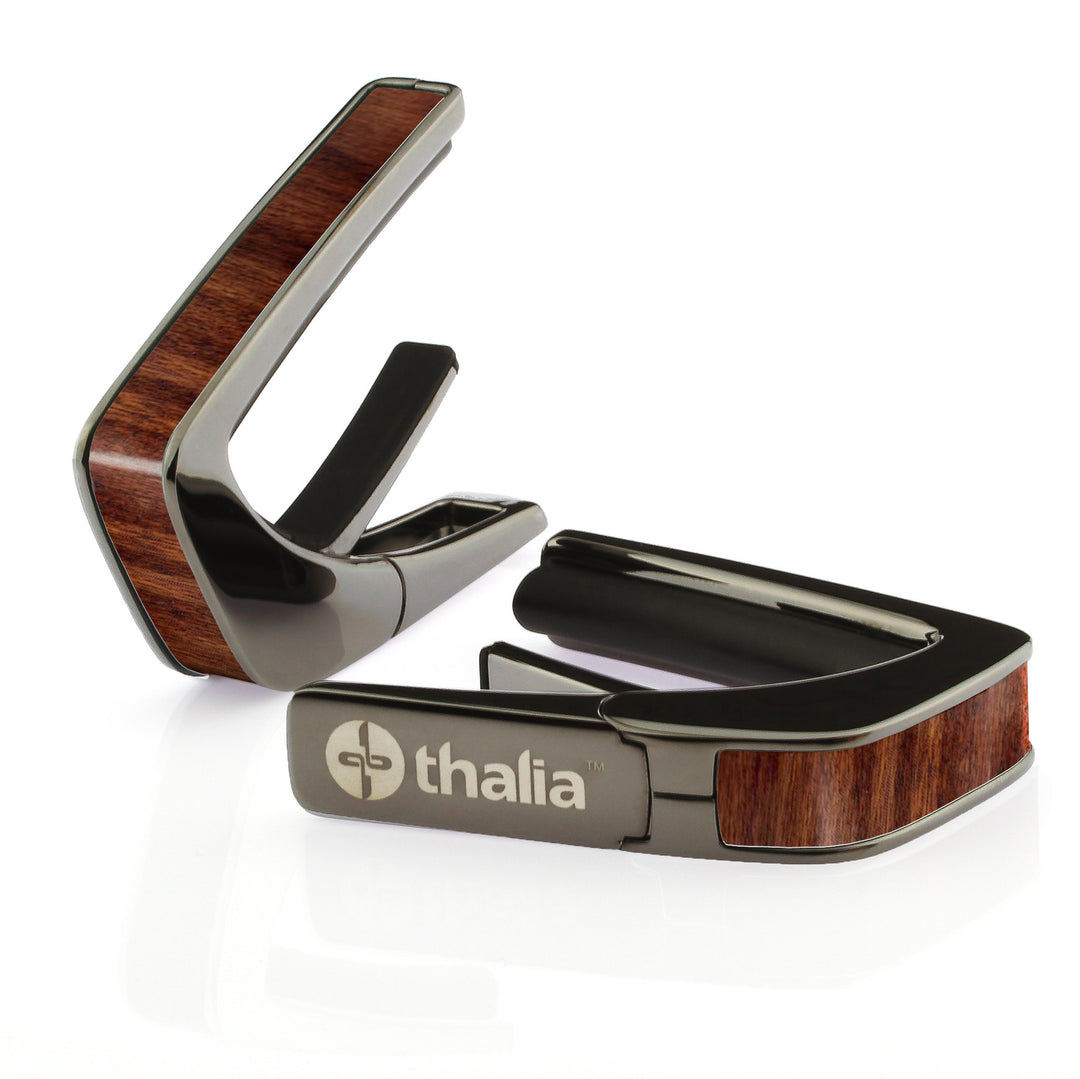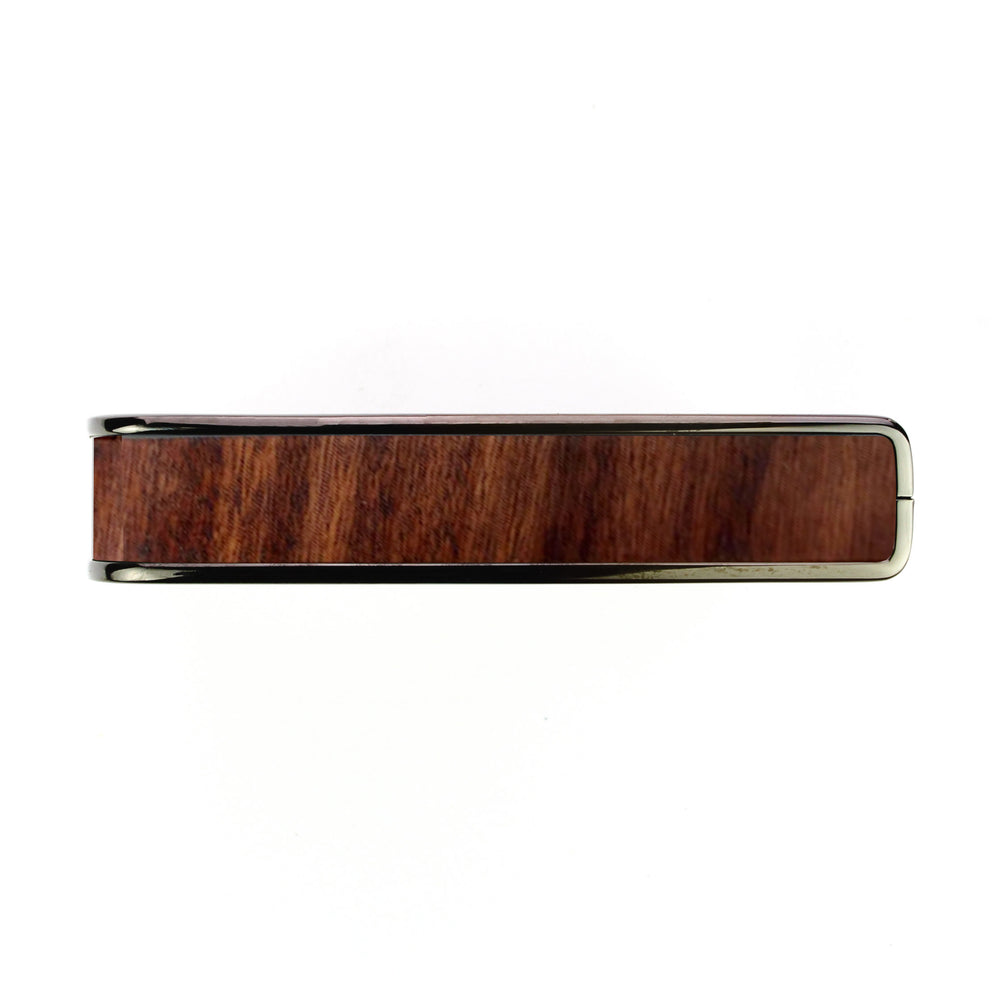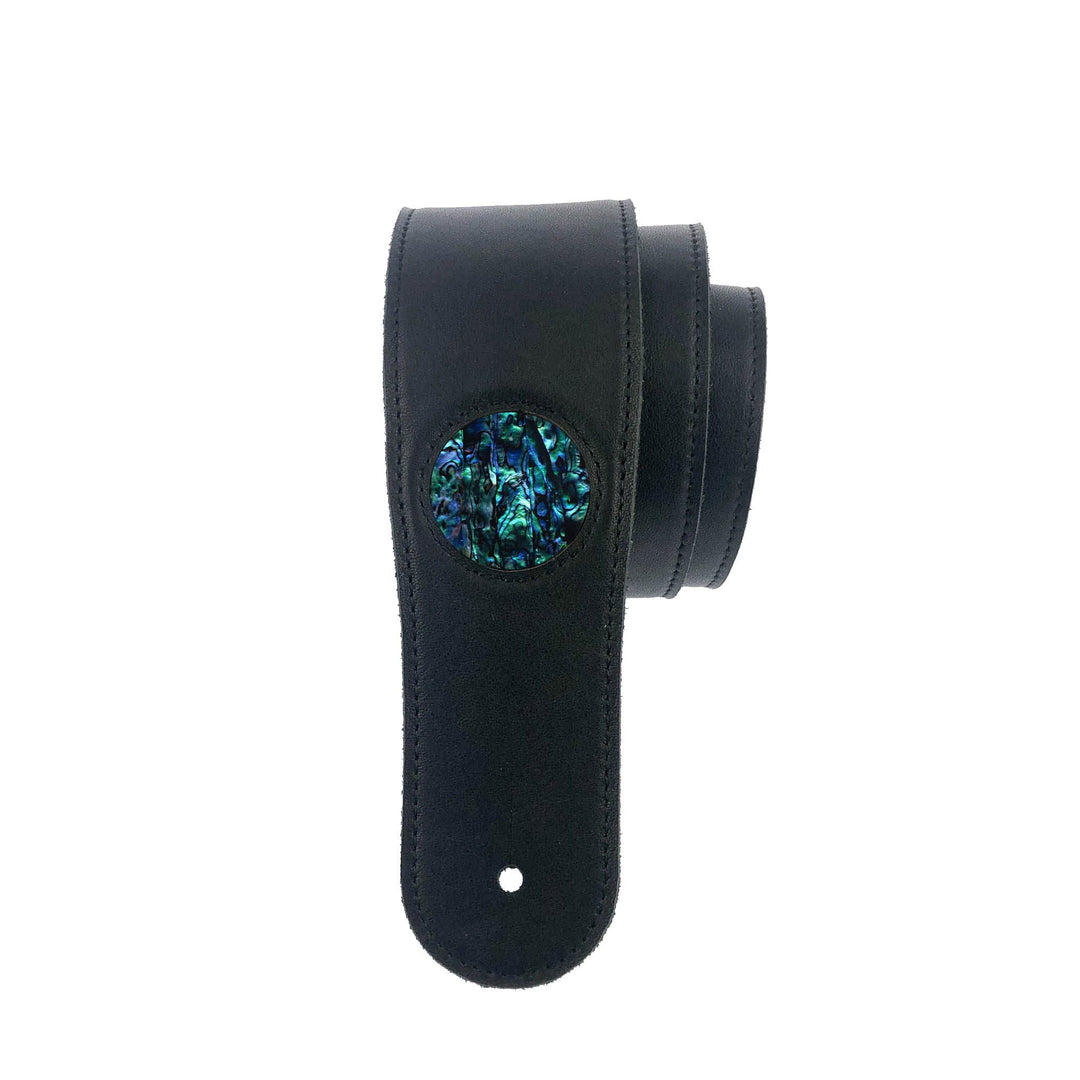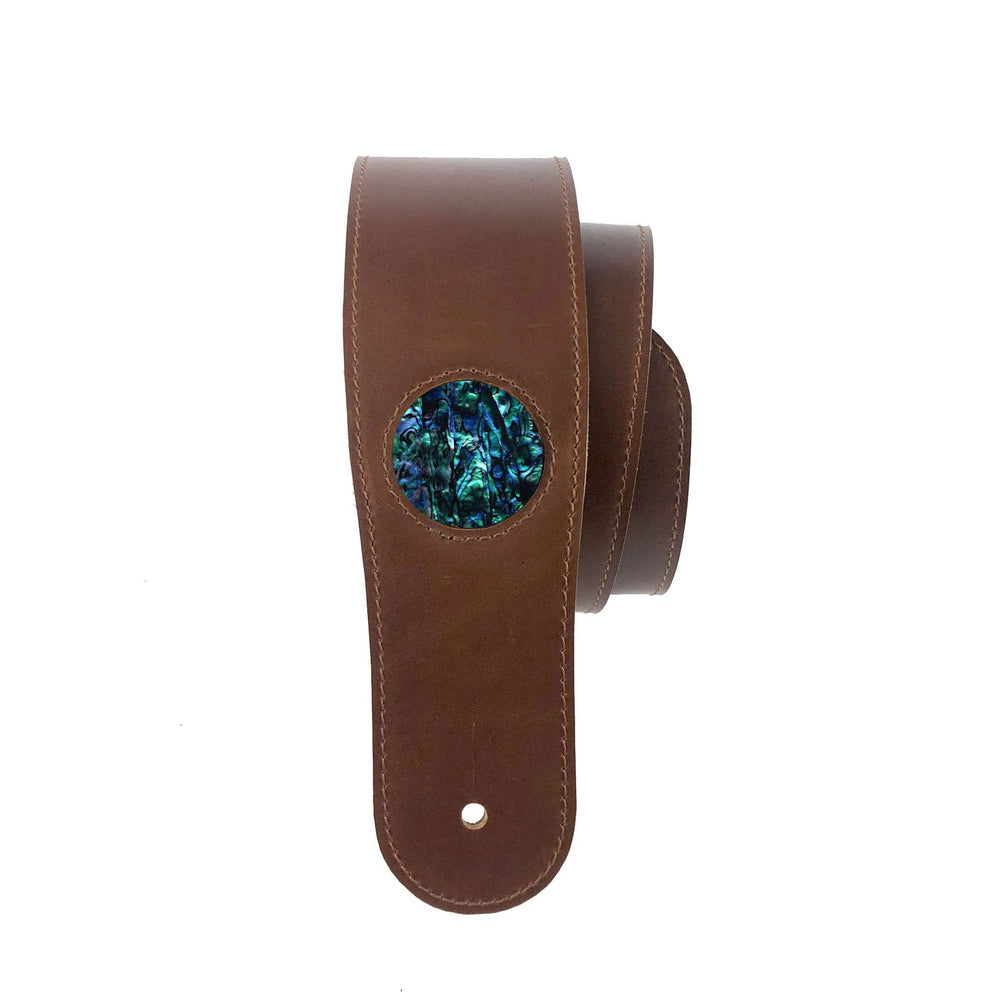How To Use a Guitar Capo Chart
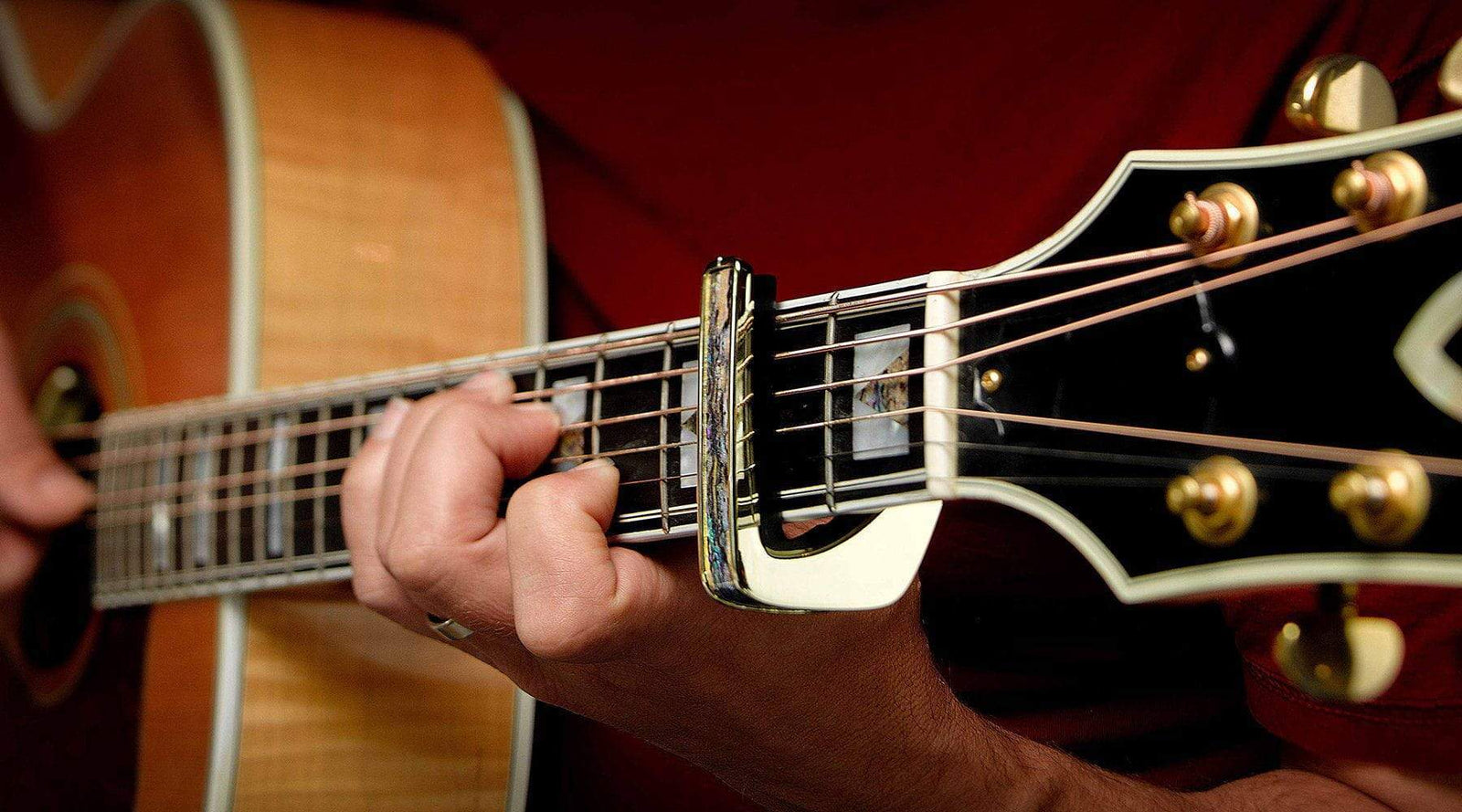
The small, but mighty capo is a seriously useful tool to have in your gig bag.
It opens up your fretboard, means you can learn lots of songs without learning complicated chords, and makes transposing songs into different keys a breeze.
Capos are great for making guitar playing simple. But, figuring out which fret to place your capo on can sometimes be confusing.
That’s where guitar capo charts come in! They’re a handy resource for working out where you need to place your capo to get the sound you’re going for.
Here at Thalia, we’ve created two capo charts for your perusal.
The first, our capo chord chart is a concise, handy guide for transposing chord shapes that’s great for beginners, as well as for quick reference.
Our capo key chart meanwhile, is a more complete resource for those that want to go a bit deeper. Click either chart to get a PDF for easy printing or downloading.
Both are used the same way, and the instructions below are applicable to the chord and key charts.
Guitar Capo Charts: The Two Main Uses
Your guitar capo chart has two main functions, both of which will help you get the most out of your capo in your guitar playing.
Function number one is to learn a song in the original key, but with simpler chords
If you’ve ever wanted to learn a song, but have been thwarted by the array of complex chord shapes you’re presented with, then this is the function you need.
All you have to do is:
- Find the root of the chords you’re trying to play in the capo chart’s far left column.
- Use the right hand column to find a fret number that allows you to play all the chords in the original key using open chords. (The type of chord doesn’t matter. If you’re playing A minor for example, you just need to find A).
- Place your capo at that fret and play the chords in the column underneath (with the capo in place, they’ll sound like the corresponding chords in the left-hand column)
From there, it’s easy to play classic songs in the original recording key. You won’t be referring to a chord dictionary every five seconds to learn an obscure, one-time-use chord shape. In short, you can get on with the most fun part of guitar playing; the playing itself.
Function number two is to work out which chords you’re playing when using your capo.
As we’ve talked about in a previous post, your guitar capo is an amazing creative tool when it comes to unlocking new sounds. But, while it’s all well and good coming up with a new and exciting riff while using your capo, communicating that riff to capo-less band mates/jamming buddies is sometimes a challenge.
Fortunately, the capo chart makes this process easy:
- Find the fret your capo is placed at using the top row of the chart.
- Look down the corresponding column until you find the chord shape that you’re playing. (As with function one, the type of chord doesn’t matter. For D minor, you just need to find D, etc.).
- Use the left hand column to work out which chord you’re actually playing.
Now that you’ve worked out what you’re actually playing, you can communicate that information to the other musicians you’re with, making the process of jamming much more fun!







